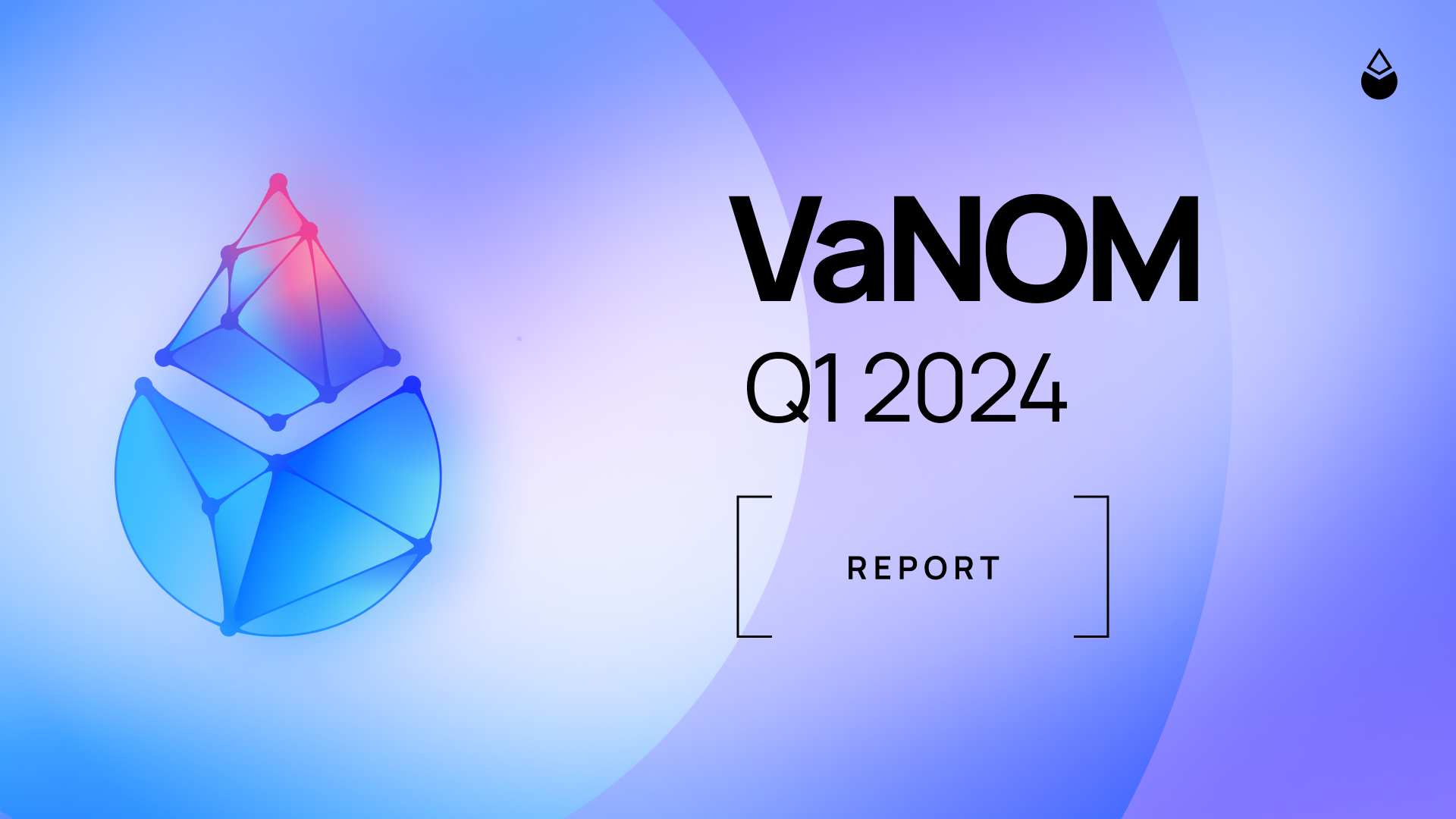Lido Validator & Node Operator Metrics: Q1 2024

The latest VaNOM (Validator & Node Operator Metrics) report for Lido for Q1 2024 is now available.
Access the full report with comprehensive data here, or read on for a breakdown of some of the key metrics.
TLDR:
In the latest Q1/2024 VaNOM update, several key trends have been observed:
- There has been an increase in client diversity, especially on the Execution Layer. Notably, use of the supermajority client (Geth) has fallen to 46% (from 96% in 2022 and 67% in Q4/2023), marking this the first time that node operators using the Lido protocol are running validators where no CL or EL client has > 50% share.
- Public cloud usage across validators has also decreased, from 46% to 40%, which is a historic low for operators using the protocol.
- As new entrants join, stake distribution statistics continue to show improvement, indicating more dispersed stake as these new onboardees increase their key counts.
- All curated NOs are currently below the 1% soft cap for the first time since the soft cap was initially proposed.
- All 11 Polygon validators are using Fastlane, and on the infra front Stakin and Girnaar Nodes have moved their nodes away from public cloudloud and on to bare metal servers.
Note that while Simple DVT went live in Q1/2024, Simple DVT clusters did not receive deposits for validators until Q2, so Simple DVT will only be reflected in VaNOM as of Q2.
Lido on Ethereum
Curated Node Operators Soft Cap
The node operator Soft Cap, as outlined in the Lido on Ethereum Node Operator Set Strategy, is in place to ensure adequate stake distribution and that no single node operator should operate more than 1% of the total ETH staked through the Lido protocol.
As shown by the orange line above, all curated node operators are currently below this 1% soft cap.
Client Diversity
Client diversity within the Lido validator set is the healthiest it has ever been, showcased through a balanced distribution amongst validator clients. With no client exceeding 50%, node operators using the Lido protocol are leading the way in terms of client and infra diversification at scale.
In the broader Ethereum landscape:
- Lighthouse has reclaimed a dominant position in the first quarter of 2024, with its utilisation rising to 42% from 36% at the end of 2023.
- Prysm has seen a decline in use, dropping to 30% from 36%.
- Teku has maintained a steady utilisation rate of 14.9%.
- Nimbus has experienced a slight decline in usage, decreasing from 9.4% to 8.5%.
- Both Lodestar and Grandine have seen marginal reductions in use, with Lodestar falling to 2.64% from 2.94%, and Grandine to 0.9% from 1.1%.
Among node operators using the Lido protocol, Lighthouse continues to be the most popular validator client, registering a slight increase from 27% to 28% this quarter, reversing the trend of gradual decreases seen in previous quarters.
Additionally, Prysm’s utilisation has decreased from 24% to 19%. Vouch, a specialised validator client designed to be beacon node agnostic and capable of working with multiple beacon nodes simultaneously, has seen increased usage from 24% to 25%. Lastly, Teku’s utilisation has stabilised at 17%, maintaining the progress made in the previous quarter.
Infrastructure & Validator Hosting
Public cloud usage among validators has seen a noticeable decline, from 46% to 40%, over the last quarter. This trend may reflect a shift in the preferences of validators, opting for better performance/price on bare-metal (whether co-located or on-premise).
The goal, as outlined in the Operator Set Strategy, is to meaningfully improve the usage of on-premises (or at least bare-metal) infrastructure, as well support NO coordination in usage of a multitude of cloud providers if cloud is preferred.
In Q1 2024, both GCP and AWS increased their share of the public cloud servers despite the overall share of cloud server hosting decreasing with dedicated servers growing by nearly 9% when calculated by node operator.
Stake Distribution
The stake distribution indices have shown a decrease (improvement) as the number of new participants in the network increases, bringing with them a higher count of keys.
This trend indicates a broadening of the validator base, as more users join the network with substantial stakes. While this expansion is positive for network diversity and security, it also leads to a more dispersed distribution of stakes among an increasing number of validators, affecting the overall stake concentration metrics.
Stake distribution across the protocol has become more uniform over its lifetime. The rises in the Gini ratio during the first and third quarters of 2022 are largely due to the introduction of new node operators.
As these operators enter, there's a natural delay before those with fewer keys can accumulate a comparable number of keys to those held by more established operators, especially as new stakes come in. This trend was also noticeable from Q3 of 2023 to this quarter, following the allocation of stakes to the nine new operators from Wave 5, which gradually increased.
Moreover, the protocol's method of prioritising exit requests from node operators with higher numbers of active keys further aids in gradually balancing the stake distribution more evenly.
Lido on Polygon
New stats including validator effectiveness data, sourced from rated.network, have been added to the Polygon report.
What’s Next?
The next VaNOM report is scheduled for release in the second quarter.
In the meantime, to stay updated on all the latest developments with Lido Node Operators, explore the Node Operator Portal and join the Node Operator Community Calls here.